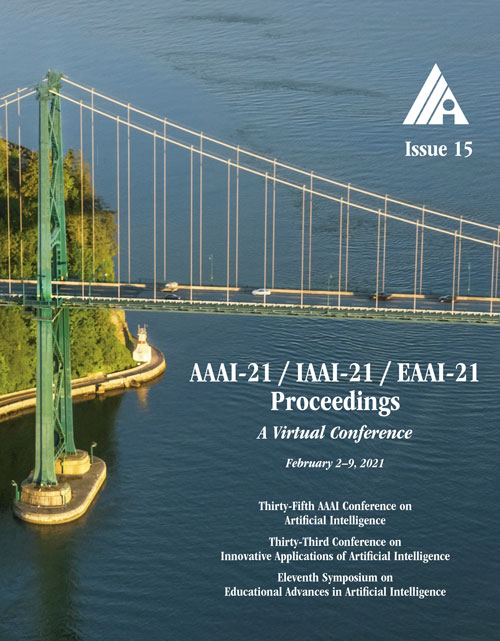The Style-Content Duality of Attractiveness: Learning to Write Eye-Catching Headlines via Disentanglement
DOI:
https://doi.org/10.1609/aaai.v35i15.17565Keywords:
SummarizationAbstract
Eye-catching headlines function as the first device to trigger more clicks, bringing reciprocal effect between producers and viewers. Producers can obtain more traffic and profits, and readers can have access to outstanding articles. When generating attractive headlines, it is important to not only capture the attractive content but also follow an eye-catching writtenstyle. In this paper, we propose a Disentanglement-based Attractive Headline Generator (DAHG) that generates headline which captures the attractive content following the attractive style. Concretely, we first devise a disentanglement module to divide the style and content of an attractive prototype headline into latent spaces, with two auxiliary constraints to ensure the two spaces are indeed disentangled. The latent content information is then used to further polish the document representation and help capture the salient part. Finally, the generator takes the polished document as input to generate headline under the guidance of the attractive style. Extensive experiments on the public Kuaibao dataset show that DAHG achieves state-of-the-art performance. Human evaluation also demonstrates that DAHG triggers 22% more clicks than existing models.Downloads
Published
2021-05-18
How to Cite
Li, M., Chen, X., Yang, M., Gao, S., Zhao, D., & Yan, R. (2021). The Style-Content Duality of Attractiveness: Learning to Write Eye-Catching Headlines via Disentanglement. Proceedings of the AAAI Conference on Artificial Intelligence, 35(15), 13252-13260. https://doi.org/10.1609/aaai.v35i15.17565
Issue
Section
AAAI Technical Track on Speech and Natural Language Processing II

